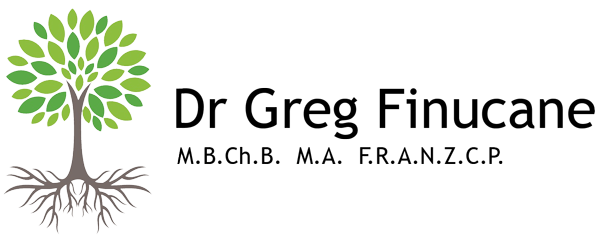Huntington's Disease
Huntington's Disease
This is a rare genetic condition affecting perhaps more than 8 per 100,000 people, originally described by Dr George Huntington of Long Island, New York, whose own father and grandfather had been doctors there and so could follow the families of affected individuals over time. In a by now well known story, the gene was isolated in 1993 after an international collaboration (US, UK, Venezuela, etc) and found to be on the short (p) arm of chromosome 4. The abnormal gene was found to be an expanded version of the normal gene whose function is still unknown. Huntington's Disease is inherited as an autosomal dominant condition, so roughly 50% of offspring of an affected parent could be expected to develop the disease in due course (despite what is thought by some families, there is no greater risk for males than females).
Part of the gene is made up of repeats of the cytosine adenine guanine sequence and if there are too many of these (over 36 are associated with disease, about 10 to 20 are a more typical number of repeats) the gene seems to gain an abnormal function. The details are not entirely clear but the end of the process may well be excitotoxic cell damage. The pathology begins in the dorsal caudate nucleus and putamen then spreads ventrally until almost all output neurones are destroyed. Usually it takes until the early 40s for signs of the disease to appear and some people make it to their 60s and beyond with minimal signs, but if the number of repeats is very high (this is rare) then the disease will become obvious in the teenage years.
Symptoms are usually divided into motor (poor coordination, abnormal movements, slurry speech etc), cognitive (poor concentration and memory especially, but the memory difficulties are never as severe as in Alzheimer's Disease) and emotional/behavioural (irritability and aggression, depression, other psychiatric features). Which are most prominent in a particular individual are impossible to predict at this stage. Some of the behavioural aspects are due to loss of "frontal lobe" functions as the pathways through the basal ganglia become disconnected. Some features such as irritability are treatable and neuropsychiatrists ca be of considerable benefit to individuals and families with HD, at least in the early to mid stages. Average survival once clinical HD is present is about 15 years so there can be considerable burden of care on relatives.
There are presymptomatic testing programs for HD established in the main centres in New Zealand. Clinical testing is available separately to clinicians if the patient displays symptoms or signs suggestive of Huntington's Disease but for presymptomatic individuals it is preferable to utilise the framework of a program. That in Auckland is available through the Northern Regional Genetic Centre at Auckland Hospital.
These programs are well backed up by the Huntington's Disease Association
who also run support groups, meet regularly with affected individuals and their families etc (and are great respecters of privacy).
In Auckland we also are lucky to have Richard Faull
with his interest in HD related research and the brain bank, to which project many of the families and individuals with HD have given their unreserved support. The Neurologist involved in the current intrathecal antisense oligonucleotide studies is A/Prof Richard Roxburgh
and the main South Island HD reseracher is Prof Tim Anderson.
Management is based on the usual neuropsychiatric principles; we have no current way of stopping progression but the Generation HD and related trials are very promising. As with other neurodegenerative diseases, any clinical symptom is a moving target, and so it is important to review progress and discontinue treatments no longer of value. It is common to establish individuals on medication or provide psychological resources in the early stages and in the later stages to be providing environmental support and withdrawing medications. One of the biggest challenges is finding affected individuals meaningful daily activities.
GENERAL READING
Personal Accounts
Wexler, Alice: Mapping Fate. University of California Press, 1997.
Gray, Alison: Genes and Generations: Living with Huntington's Disease. Wellington HDA, 1995.
For Carers
Various useful written resources are published by and available from The Huntington's Disease Society of America, or on loan from your local branch of the Huntington Disease Association.
For Health Care Professionals
Folstein S: Huntington's Disease. A Disorder of Families. Johns Hopkins University Press, 1989. A classic; this is now back in print.
Harper PS: Huntington's Disease. 3rd edition.? 2002. A compilation of clinical and scientific material.
Smith DH: Early Warning: Cases and Ethical Guidance for Presymptomatic Testing in Genetic Disease. Indiana University Press, 1999.Considers some of the issues relevant to presymptomatic testing - not definitive but adequately thought provoking.


